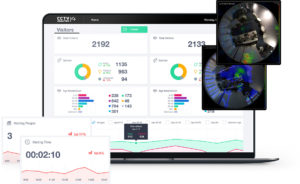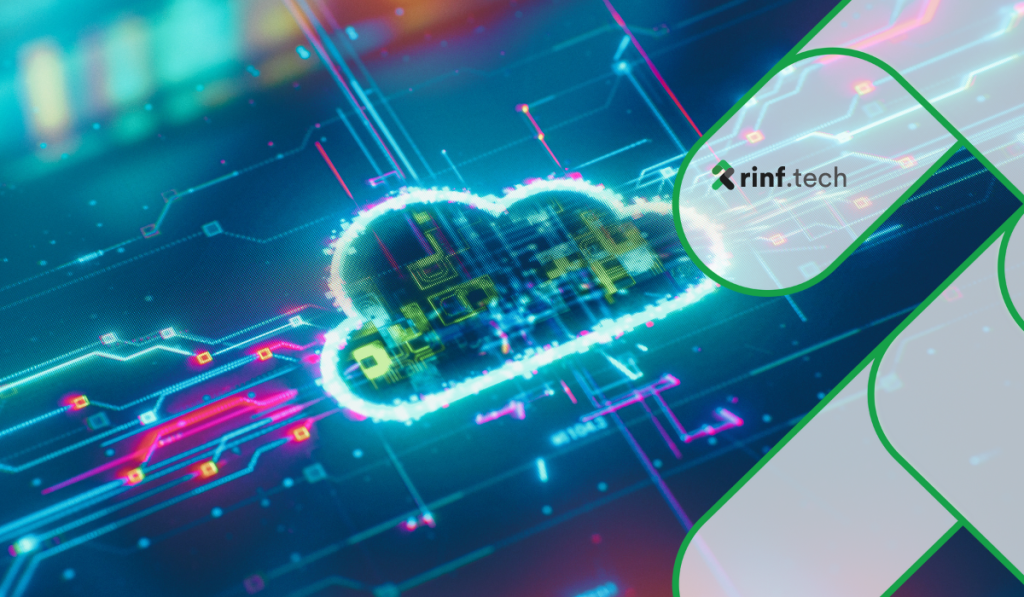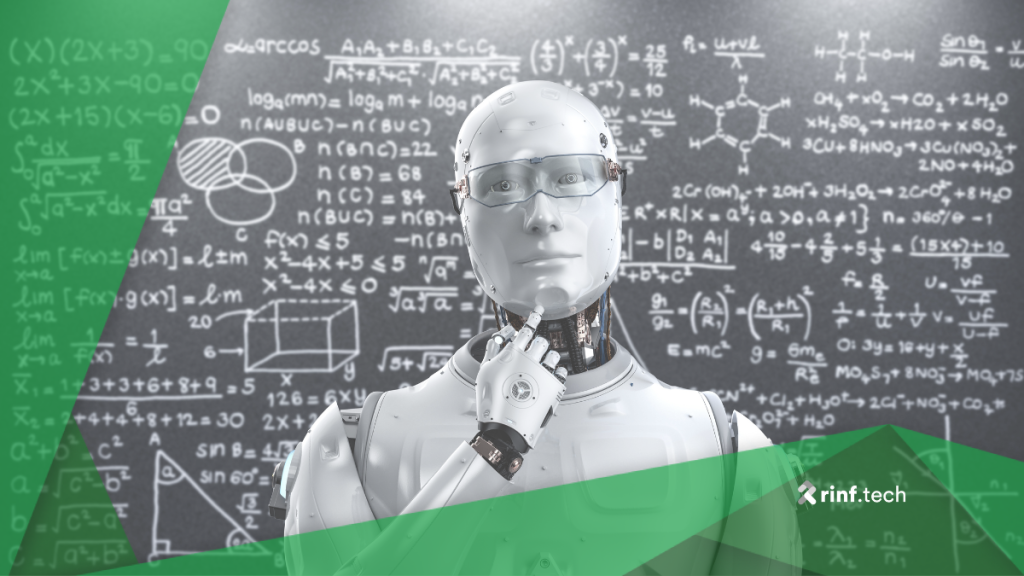
By 2028, the global edge computing infrastructure market is predicted to reach $800 billion. As 2023 progresses, the video surveillance industry is undergoing a significant transformation, driven by the adoption of innovative AI-based solutions and integrated systems, revolutionizing how businesses monitor user activity and behavior, approach security and cost reduction, and more.
Despite the current uncertainty, the need for business transformation will continue to drive high cloud adoption rates. Gartner predicts that global spending on public cloud services will increase from $494.7 billion in 2022 to almost $600 billion in 2023.
The global video surveillance market is expected to reach $26.8 billion by 2028, rising at a 12.3% CAGR during the forecast period, while the global VSaaS market is projected to grow from $4.09 billion in 2022 to $13.16 billion by 2029, at a CAGR of 18.2% in the forecast period.
Let’s look at the six major trends influencing the cloud video surveillance industry this year.
In 2022, an AI business survey conducted by PwC found that more than 50% of organizations have already implemented AI in some form, with more than 25% reporting extensive adoption of AI across their organization. Companies that want to thrive in this market are looking for video surveillance systems with AI capabilities and flexibility to execute advanced analytics.
While video surveillance systems were only used for security purposes in the past, they are now being employed to optimize business operations. Companies are seeking AI-compatible video surveillance systems that can provide valuable insights from the data they collect. These systems offer enhanced capabilities such as automatically identifying and sending real-time alerts about security threats and gathering data to provide insights like peak customer traffic or wait times.
Cloud computing is becoming a more optimal choice for organizations because of its advanced, system-wide features that are future-proof. By using the cloud, businesses are not required to continue investing in, maintaining, and upgrading their hardware and software, which will significantly reduce IT expenses. Cloud is also very scalable, flexible, and dependable, thus enabling the implementation of AI-powered features.
It is no surprise that cloud-based technology provides businesses with significant cost savings. By moving the computing and video storage infrastructure to the cloud, the overall cost of ownership is lower than that of a traditional on-site system. Companies have observed a 20-25% reduction in costs when migrating the computing and video storage infrastructure to the cloud.
Many Video Surveillance as a Service (VSaaS) providers now incentivize customers to sign up for multi-year subscriptions by offering discounts and price protection for the contract duration. This allows customers to lock in current prices and avoid future inflation-related increases.
According to a survey by Eagle Eye Networks on their social media channels, 3 out of 4 security customers already have a subscription agreement.
Organizations have been increasingly investing in high-resolution cameras as they become more cost-effective.
According to a recent Cloud Video Surveillance Camera Worldwide Statistics report, there has been a 300% increase in the use of high-resolution IP security cameras in the past five years. In brief, as the resolution improves, so does the capability to use video analytics solutions, resulting in more efficient systems.
The market for automated parking is expected to experience significant growth in the coming years, with an increased number of customers showing interest in such solutions.
According to a 2022 report from Emergen Research, 3 out of 4 prospective customers inquire about automated parking solutions, and the market is projected to grow at a CAGR of 15.1% through 2030, with a predicted market value of $3 billion. This growth is driven by factors such as the rising vehicles on the road, limited land availability, and consumer demand for convenience.
Moreover, the data collected through video analytics can be used by business owners to make informed decisions about parking management. Intelligent video surveillance systems with built-in analytics can provide effective solutions for automating and improving parking.
For example, some standard video analytics that can be used for parking apps include license plate recognition, line crossing detection, and loitering detection. Significant advancements are anticipated in parking automation in the months to come.
Video surveillance is a widely used technology in public transport vehicles. A recent survey by Axis Communications showed that 97% of respondents from 30 countries have security cameras installed already. However, when it comes to the issues faced by the public transportation sector, many other vulnerabilities need addressing.
In 2023, we are expecting a few improvements to the Cloud video surveillance systems that, in turn, will bring many benefits to transportation providers. Among the benefits of using these enhanced cloud-based video surveillance systems are the following:
Cloud-based CCTV systems can detect and prevent crimes and monitor potential safety hazards in real time.
Cloud CCTV systems can be easily scaled up or down to meet the changing needs of transportation providers.
Transportation providers and security personnel can access video footage and analytics from any location, allowing them to respond quickly to incidents.
With cloud-based video surveillance, data storage, and management are done remotely, which can help transportation providers improve their operations and provide better customer service.
Lastly, an excellent cloud-based video surveillance system with advanced analytics can provide valuable insights to public transportation providers, which in turn can help improve their operations and provide a better service to their customers.
Some companies in the transportation sector have already adopted enhanced cloud video surveillance systems, and it is expected that more will follow this trend in the future.
Data analytics is crucial for any organization that aims to develop a competitive and thriving retail business. By analyzing consumer behavior in-store, retailers can improve store performance and increase business productivity. However, to fully benefit from the data collected, it’s essential to utilize the capabilities of AI.
According to a report by Research and Markets, the global retail analytics market is projected to grow at a 19.4% CAGR and be valued at $10.4 billion by 2023. Some notable upgrades to video surveillance analytics can look like this.
IP surveillance systems use AI-powered people-tracking technology to monitor behavior and activities in the store. By tracking consumer and staff behavior, retailers can gather analytics and gain actionable insights to drive sales, improve conversion rates and increase profits.
When a leading European business retailer faced challenges such as a lack of understanding of customer behavior and overall high inefficiency in defining customer clusters by gender and age, they turned to a high-tech solution that helped them map each client’s needs and solve even the most demanding requests.
An AI-based solution for in-store activity supervision could involve using video surveillance cameras, computer vision, and machine learning algorithms to analyze the footage in real-time. This can detect and alert many behaviors, such as customers loitering, theft, or suspicious activity.
Using AI video analytics software can make reviewing video footage much easier and more efficient to gain insights and information about security events. With these advanced tools, manually reviewing footage can be highly efficient and easy.
In 2022, the US government allocated $1 billion in funding for schools to improve safety and health, with an additional $300 million for training and equipment to prevent threats. Ensuring the safety of school campuses remains a significant concern, especially in the US. To address this, various security technologies are being implemented.
Cloud-based video surveillance is a suitable solution as it enables centralized control of all school premises from a single platform. This system is simple to operate, reduces the need for on-premises equipment and upkeep, and is needed by school admins and IT teams.
School districts seek more advanced solutions such as video analytics that automatically notify when people enter school property, like parking lots and fields, during non-business hours. They also want an easy way to share video surveillance footage with emergency responders during critical situations.
Video surveillance is a rapidly evolving field, and technology is constantly improving to meet the needs of businesses and organizations. These trends are expected to improve the accuracy and efficiency of video surveillance systems and enable more advanced analytics and automation. As a result, video surveillance will play an increasingly important role in helping organizations improve security, reduce costs, and gain valuable insights into customer behavior.

Exploring some of the key considerations and challenges in migrating legacy applications to the cloud and sharing practical strategies for a successful transition.

This article offers organizations a comprehensive guide to navigating the complexities of transitioning legacy applications to cloud infrastructure.

Delving into the essence of successfully implementing ML projects, exploring strategic approaches, the comprehensive life cycle from conception to deployment, and real-world industry applications.